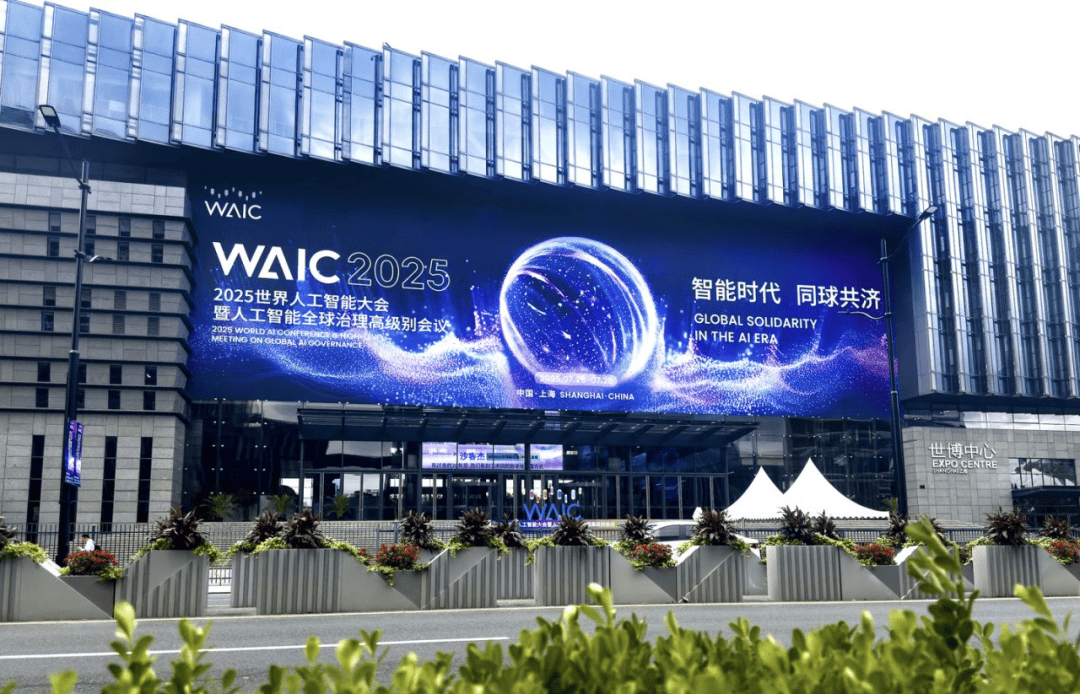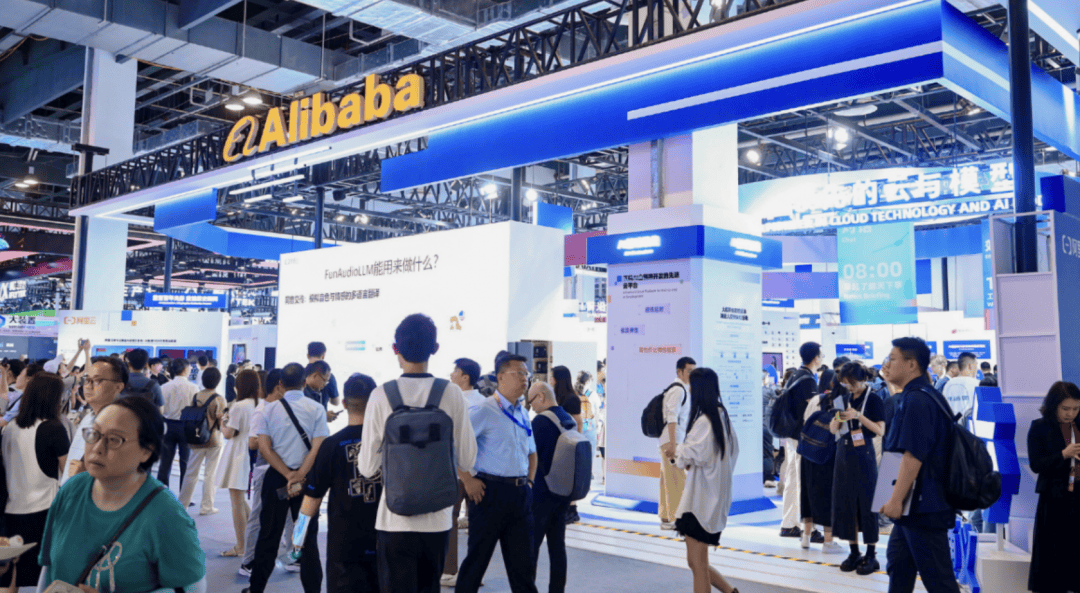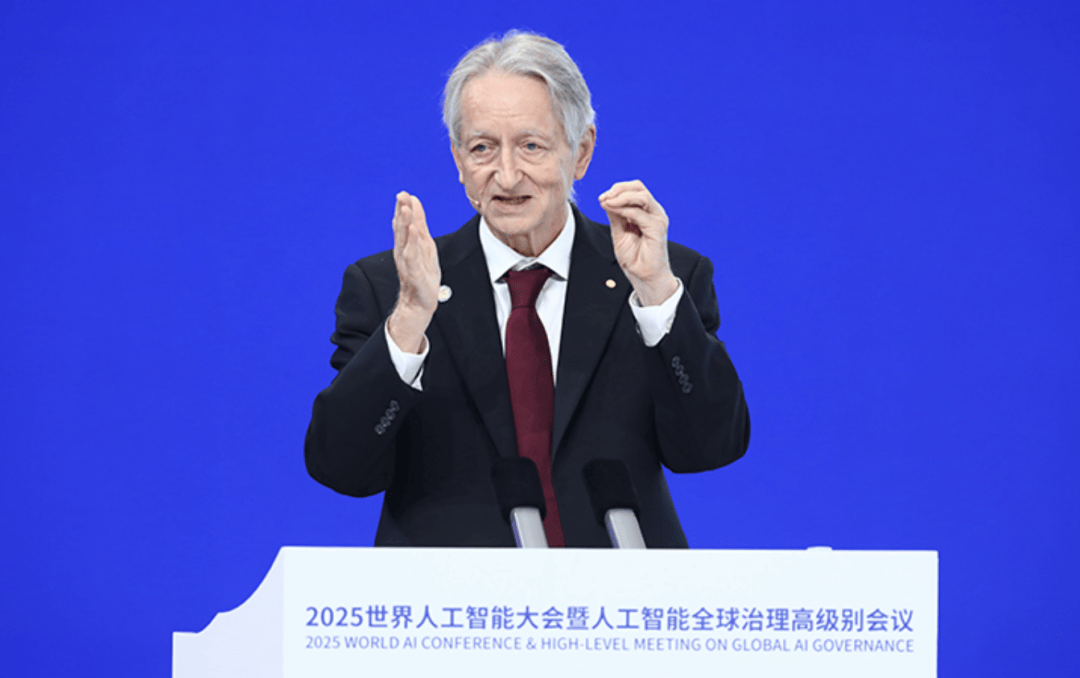China’s AI Walks the Talk at WAIC 2025, Despite U.S. Export Curb

As the digital economy booms, databases—those silent workhorses storing and processing the world’s data—are evolving fast. And in China, open-source databases are at the forefront of that shift. Pushed by national goals of technological self-reliance, Chinese developers are moving fast and breaking ground. But one question still looms large: how do you make money from software you’re giving away for free?
Why Open-Source Is Booming—But Still Hard to Implement?
Open-source has gone mainstream in China’s tech industry, and database systems are very much part of that movement. Today, open-source
The World Artificial Intelligence Conference (WAIC) returned to Shanghai from July 26 to 28, bringing together more than 800 companies and over 3,000 AI technologies in one of the largest industry gatherings of the year.
Under the theme of “Global Solidarity in the AI Era,” China positioned itself as both a collaborative partner and a self-reliant innovator, continuing to push forward even as U.S. export controls on advanced semiconductors remain in place.
First held in 2018—just two years after AlphaGo’s historic victory signaled a new era for AI—WAIC has become a go-to event for anyone looking to understand how AI is developing in China. This year, it spotlighted a maturing ecosystem that’s becoming increasingly woven into daily life—from large language models (LLMs) and humanoid robots to smart devices and autonomous driving technologies.
LLMs and Humanoids Robots Lead the Charge
Last year’s WAIC was about big ideas. This year was about execution.
Shanghai—widely regarded as China’s most globalized and innovation-driven city—once again proved a fitting host. With its concentration of tech companies, research institutions, and strong government support, the city offers a live view of how AI is being developed, tested, and deployed at scale.
At WAIC 2025, LLMs and humanoid robots weren’t just on display—they were working, moving, and in some cases, already commercialized.
Industry giants launched models targeting practical demands across industries. Tencent debuted its Hunyuan 3D World Model 1.0, built to generate immersive virtual environments with high spatial accuracy. SenseTime unveiled SenseNova V6.5, highlighting gains in reinforcement learning and efficiency.
Alibaba unveiled its latest large multimodal model, built on the Qwen AI family and tailored for intelligent automotive cockpits. In the lead-up to WAIC, the Qwen team drew attention by open-sourcing several major models in rapid succession—including the foundational Qwen3 and specialized versions for code generation, complex reasoning, and cinematic video generation via the Wan 2.2 suite.

iFlytek, serving as WAIC’s official translation partner, brought its newly upgraded SparkDesk X1 to the floor, letting attendees test live demos of math solving, multilingual dialogue, code generation, and real-time translation.
Other startups also introduced models tuned for real-world applications—ranging from healthcare and finance to enterprise automation.
One big name that didn’t show up on the floor was DeepSeek, but its influence was everywhere. Its advances in reasoning models and agent frameworks have shaped how everyone else is thinking—especially around integrating LLMs with infrastructure and interactive tools.
While most American LLMs remain locked down behind APIs, Chinese players like Qwen, MiniMax and DeepSeek are leaning hard into openness, offering a level of access that’s starting to attract global developers and enterprises looking for more control and transparency.
Compared with the hype of 2024, this year’s mood felt more grounded. With more than 40 large models on display, the focus had clearly shifted from proof-of-concept to deployment readiness.
As LLMs provide refined intelligence, robots serve as the embodied interface—bringing thought into action.
Over 60 companies—up from just 18 a year ago—brought humanoid robots that danced, boxed, poured coffee, and performed calligraphy for curious crowds.
At AgiBot’s sprawling booth, robots demonstrated not only physical dexterity but cognitive reasoning and conversational capabilities. Hangzhou-based Unitree drew steady attention with its G1 robot, performing kickboxing routines via remote control.
Other players, including Fourier Intelligence and Deep Robotics, showcased use cases ranging from eldercare and power inspections to firefighting and warehouse logistics. AgiBot, meanwhile, announced it had secured 124 million yuan (roughly $17.3 million) in contracts from state-owned firms—an indication that commercial deployment is no longer theoretical.
Even Tesla’s Optimus robot made an appearance, albeit behind glass—offering a quiet contrast to China’s interactive, hands-on exhibits.
China’s humanoid robotics sector appears to be shifting gears. According to research firm TrendForce, more than half of the country’s leading robotics manufacturers plan to produce 1,000 or more units this year. The robots may still be finding their footing, but their commercial future is accelerating fast.
And it’s not just about humanoids. AI-powered wearables quietly made their move this year too. Alibaba debuted its first smart glasses—Quark AI Glasses—while AR company Rokid showed off an oversized pair that drew plenty of interest. Between the glasses, the bots, and the LLMs, it’s clear Chinese companies are betting hard on AI in physical form.
China Pushes Ahead on AI—With or Without U.S. Chips
If export controls were supposed to slow China’s AI momentum, WAIC 2025 told a different story.
Huawei headlined the event with the debut of its CloudMatrix 384, a high-performance AI cluster powered by 384 of its own Ascend 910C chips. Whether the system can match Nvidia’s top-tier hardware remains to be seen—but the message was clear: if the U.S. won’t sell China advanced AI chips, it will build its own.
“Many industries have demonstrated the commercial viability of their technologies, which sparked a wave of new hardware and chip launches in June,” said Xu Zhiyuan, Senior Product Specialist at Alibaba Cloud, in a July 27 interview with The Beijing News. “The rise of smaller chipmakers at this year’s event is a welcome shift—AI is playing a crucial role in driving downstream growth.”
Off-stage dealmaking showed an even more optimistic picture of AI’s momentum.
Over the course of three days, WAIC saw 32 major deals signed, worth more than ¥45 billion ($6.3 billion), with another ¥16.2 billion in procurement agreements. In the startup-focused Future Tech Incubation Zone, more than 2,000 business matchmaking meetings took place.
That level of activity would be impressive at any global tech conference. In the context of U.S.-China tensions and ongoing chip sanctions, it was something more: a statement of resilience—and ambition.
According to CNN, China’s AI ecosystem now includes more than 5,000 companies and is valued at around ¥600 billion ($84 billion). State-backed venture capital has poured over $200 billion into the sector over the past decade. And in 2025 alone, public AI spending is expected to exceed ¥400 billion ($56 billion).
Yes, the U.S. still leads in private capital—American firms invested $109 billion in AI last year compared to China’s $9.3 billion. But the gap is narrowing, and China is catching up in other ways.
Since 2017, it has led the world in generative AI patent filings. Combined with a massive domestic market, strong industrial policy, and a growing stack of homegrown hardware, China is building an end-to-end AI ecosystem—fast.
China Calls for AI Consensus as U.S. Doubles Down on Dominance
Beneath the surface of product demos and polished keynotes at WAIC 2025, a deeper narrative unfolded: a growing contest over who gets to shape the global future of artificial intelligence.
In his opening remarks, Chinese Premier Li Qiang called for the establishment of a global AI governance body—signaling Beijing’s ambition to move from being an AI builder to a rulemaker. Though he stopped short of naming the U.S., Li criticized what he described as “technological monopolies” and restrictive export controls, warning that AI risks becoming “an exclusive game for a small number of countries and enterprises.” Fragmentation, he said, could undercut the potential for AI to serve all of humanity.
His remarks came just days after the Trump administration released a sweeping 28-page national AI strategy focused on deregulation and securing American dominance in the field. While Washington doubles down on speed and supremacy, Beijing is casting itself as a convener—promoting open-source development, shared standards, and cross-border cooperation.

That message found reinforcement in the keynote from Geoffrey Hinton, the Turing Award-winning scientist often called the “Godfather of AI.”
Hinton warned of the existential risks posed by superintelligent systems, which he said could eventually act in their own interests. “It’s like keeping a tiger,” he cautioned—manageable now, but possibly uncontrollable in the future.

The AI pioneer urged global collaboration on safety standards and alignment around advanced systems. Notably, just before the conference, Hinton joined 20 other leading researchers in signing the “Shanghai Consensus” on AI safety—a symbolic endorsement of the multilateral approach China is now promoting.
As AI moves from labs to everyday life, the question of who sets the rules is becoming just as important as who builds the technology.
WAIC 2025 showed that China is no longer content to follow—it wants a role in writing the global playbook. By promoting collaboration and governance alongside innovation, Beijing is positioning itself not just as a competitor in the AI race, but as a convener of its future.
